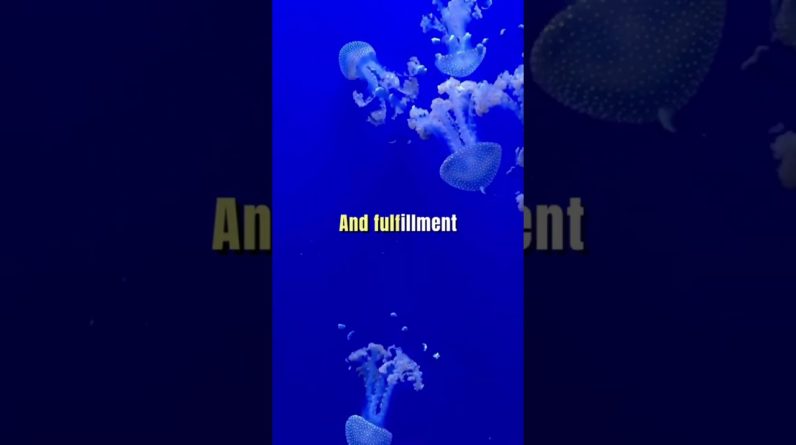
Sure, I can provide that for you. However, as you didn’t specify any YouTube script, I’ll create an article on the general topic of “Using YouTube as a Learning Platform”.
Table of Contents
Using YouTube as a Learning Platform
In an increasingly digital world, a variety of resources have become available to support learning and growth. One such resource is YouTube – the central hub for all forms of video content, from entertainment to enlightening educational material. This article will explore how YouTube has made waves as a learning platform and its potential avenues for both students and teachers.
The significance of YouTube in modern education system
YouTube’s influence in the contemporary education ecosystem is not one to be underestimated. The platform boasts over two billion logged-in users each month, an individual could spend a lifetime scrolling through its endless supply of content.
One of the key reasons behind YouTube’s success within education lies in its ability to make learning more accessible and engaging. Traditionally, learning has been confined to textbooks and classrooms, but YouTube brought about a paradigm shift by allowing students access to world-class resources at the tip of their fingers.
Visual Learning: An impactful way to educate
Broadly speaking, YouTube capitalizes on the fact that humans are visual beings. Comprehension often comes easier when we can visibly observe the subject matter we’re trying to understand. YouTube delivers in this regard by offering a plethora of video format options such as animations, interviews, documentaries, visual explanations, and more. This cultivates a more interactive and immersive learning experience that both enhances understanding and increases student engagement.
YouTube: A versatile and resourceful platform
To truly grasp the scope of YouTube as a learning platform, it’s necessary to look at its versatility and resourcefulness. The platform hosts content that ranges from academic topics to practical skill training, from motivational talks to software tutorials. This versatility makes it a one-stop solution for many learning needs.
Academic lessons
YouTube is a treasure trove for students seeking academic assistance. There are channels and playlists dedicated to every academic topic imaginable – math, science, language arts, history, and more. Khan Academy, for instance, is a popular educational channel that covers a wide range of academic topics.
Practical skills training
Beyond traditional academics, YouTube shines as a platform for learning practical skills. Whether it’s cooking, computer programming, woodworking, or learning a musical instrument, YouTube has a host of channels offering step-by-step guides.
The role of YouTube in the educator’s toolkit
It’s not just students who benefit from this platform; educators too can leverage YouTube in their teaching strategy. They can utilize YouTube to find supplementary materials, flipped classroom resources, or even create their courses.
Flipped Classrooms: Advantages of multimedia-based teaching
The concept of a ‘flipped classroom’ integrates YouTube seamlessly. In this model, students watch lecture videos as homework while class time is saved for interactive activities and discussions. This format enables students to learn at their pace and ensures active participation during classroom sessions.
Conclusion: Creating an innovative learning environment with YouTube
In conclusion, YouTube’s potential as a learning platform is immense due to its inclusivity, accessibility, and versatility. Its ability to make learning more engaging and immersive significantly benefits students, while its resource-rich nature enhances teaching strategies for educators. The future of education, to a large extent, could be influenced by this video-sharing platform, and it poses an exciting horizon for technology-enabled learning.
It’s important to note, however, that while YouTube provides valuable resources and learning experiences, it is only a tool. The responsibility on how it is used, whether to enhance or impede learning, ultimately lies with the users – be they teachers, students, or lifelong learners.







😴
Love the advice ❤
Gametime 👌🏾